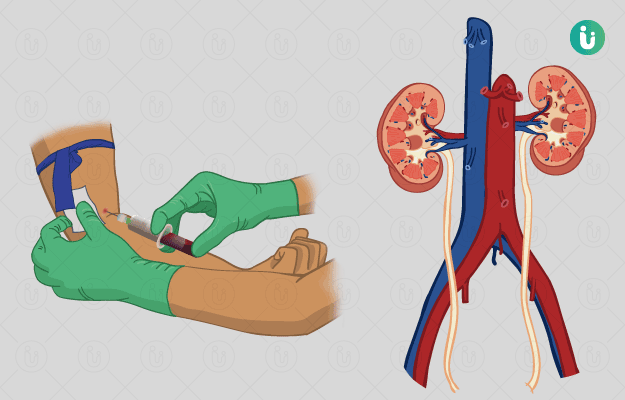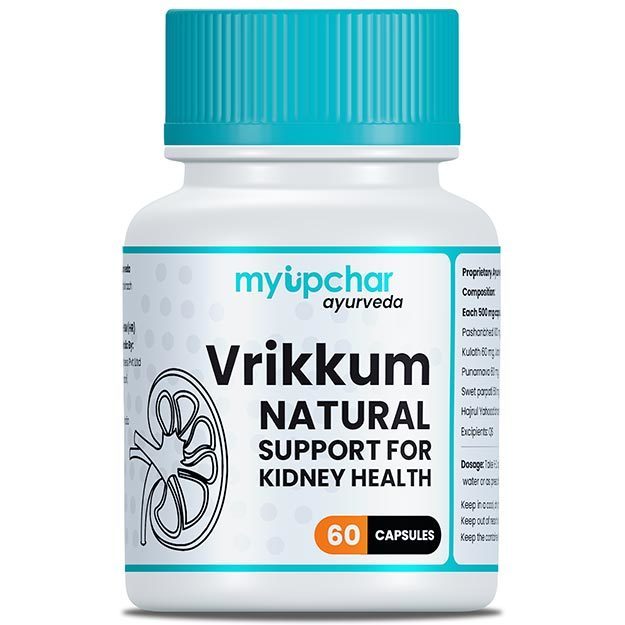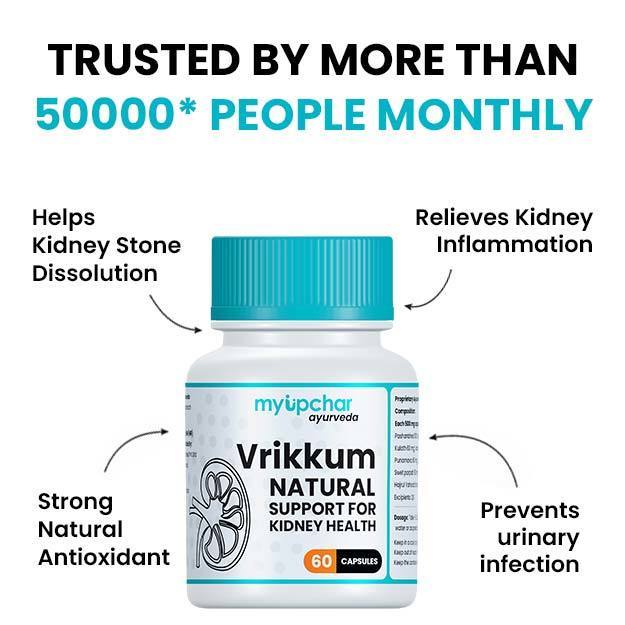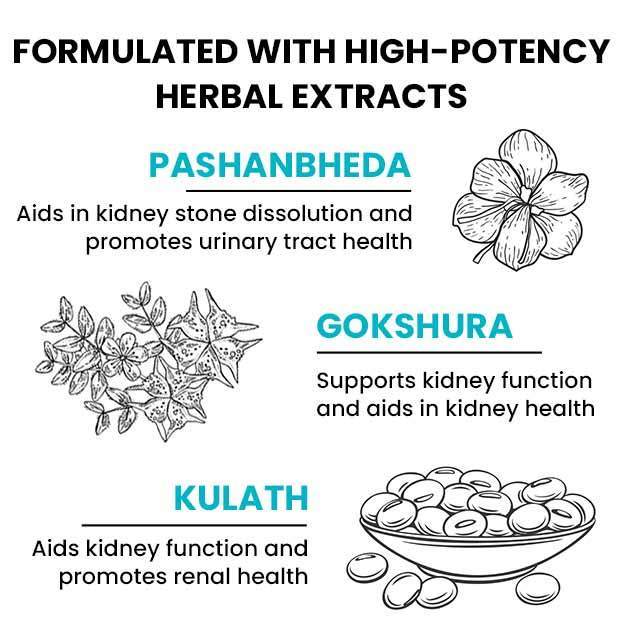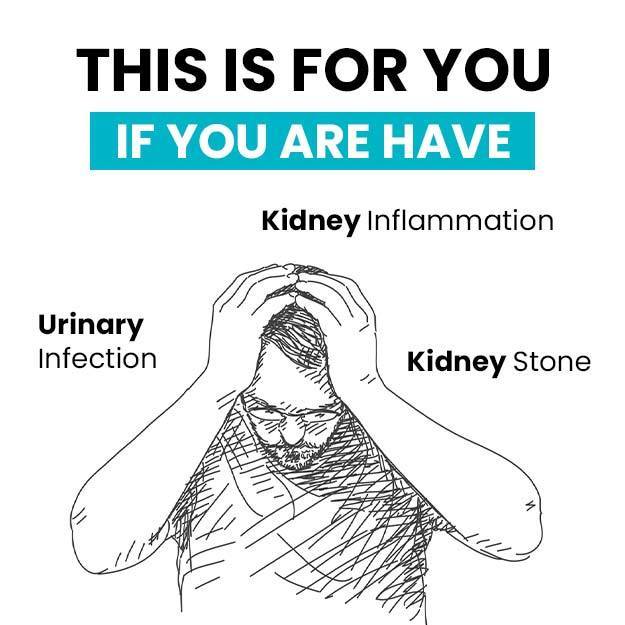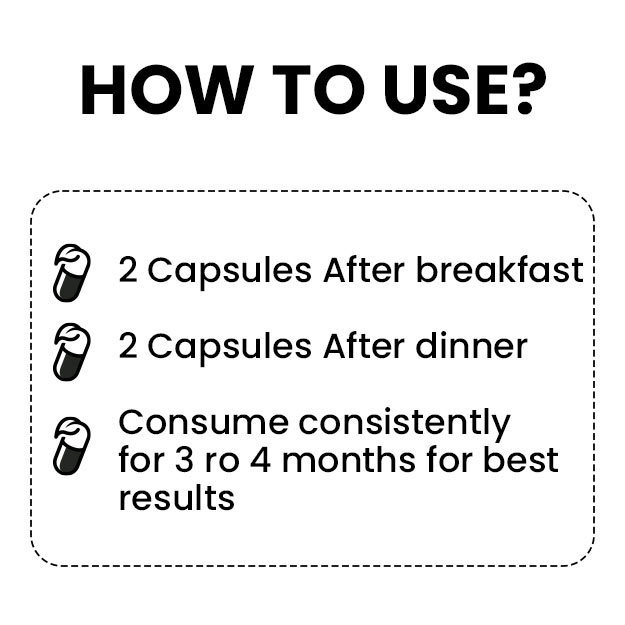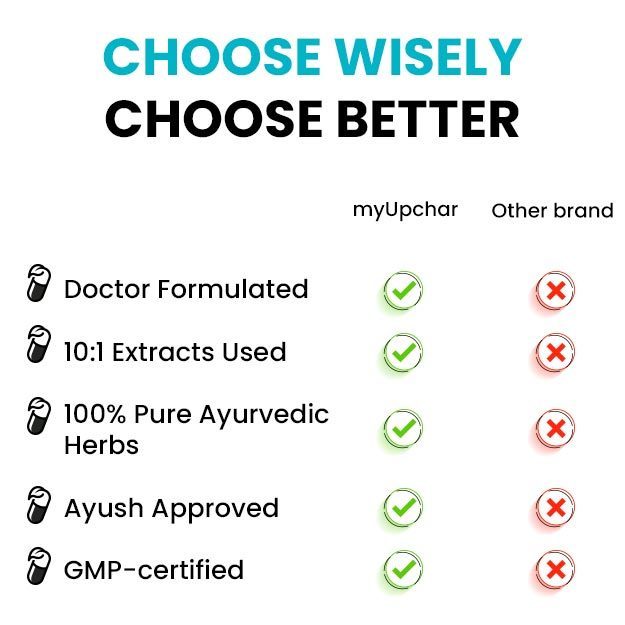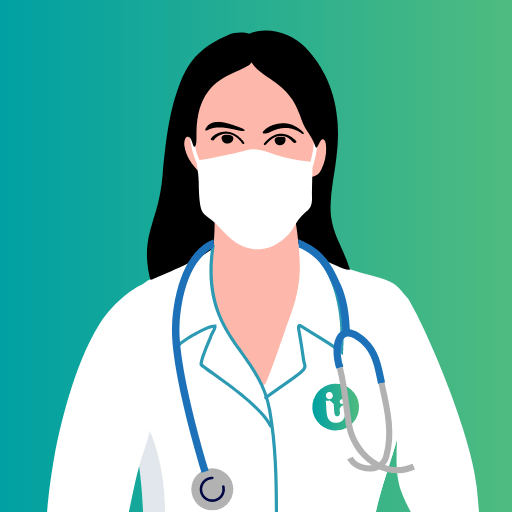What is a Renal Function test (KFT)?
Renal or kidney function tests help to determine whether the kidneys are functioning properly. Kidneys are the main excretory organs of the body, through which metabolic waste, i.e., waste generated by different cells of the body is removed. Specialised kidney cells, called nephrons, can filter waste products, toxic substances and water from blood to form urine, while at the same time reabsorb useful substances selectively.
Creatinine, a by-product of muscle breakdown, and urea, a nitrogen-containing compound are some of the main waste products excreted by kidneys. Blood urea nitrogen (BUN) and serum creatinine test are simple tests that help find out whether nephrons can filter creatinine and urea effectively, thereby, helping assess the extent of kidney damage.
Creatinine clearance is also an important parameter that helps to determine the functioning of kidneys. Its value is derived from the value of serum creatinine.
Furthermore, serum creatinine can be used to determine glomerular filtration rate (GFR). GFR is the amount of filtrate formed in both kidneys each minute and is helpful in diagnosing kidney failure.
Other than blood tests, imaging tests such as ultrasonography (USG) or computed tomography (CT) scan of kidneys may also be advised to obtain a clear image of the shape and size of kidneys. It helps determine the presence of stones, tumours or obstructions in any part of kidneys. Testing of urine may also be performed to gain an understanding of the excretory ability of kidneys in certain disease conditions.

